Table of Contents
Guajillo Pepper Heat Level Explained
Guajillo peppers are mildly hot, with a Scoville Heat Unit (SHU) rating of 2,500 to 5,000. These reddish-brown chilies are a staple in Mexican cuisine, known for their smoky, tangy flavor and moderate heat that enhances dishes without overwhelming them. Unlike extremely hot peppers, guajillos provide a balanced heat profile that complements their complex flavor characteristics.
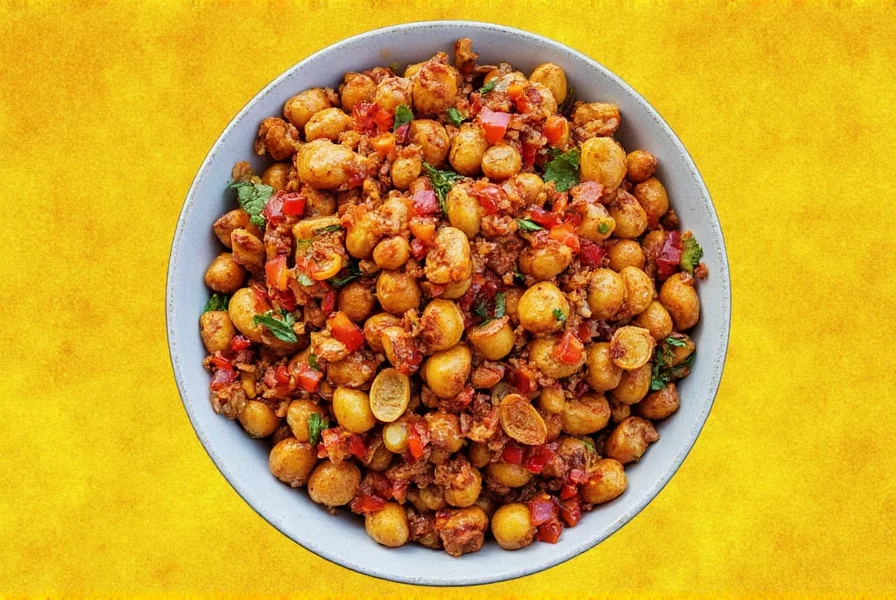
Scoville Heat Scale Context
The Scoville Heat Unit (SHU) scale measures pepper heat intensity. For context, bell peppers register at 0 SHU, while jalapeños range from 2,500 to 8,000 SHU. Guajillo peppers fall within the mild-to-medium range, making them approachable for most spice enthusiasts while still delivering noticeable warmth.
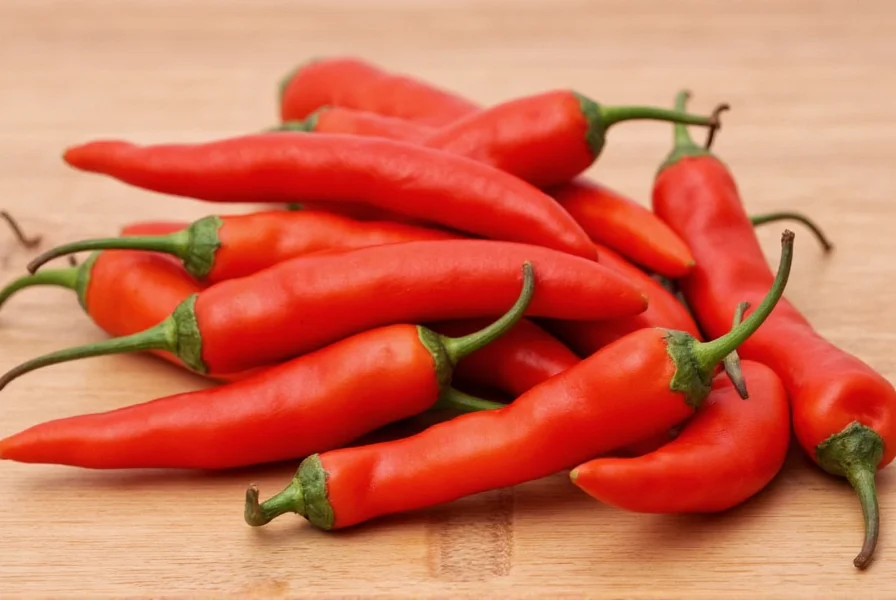
Guajillo vs. Other Common Peppers
| Pepper | SHU Range | Heat Level |
|---|---|---|
| Guajillo | 2,500 - 5,000 | Mild to Medium |
| Jalapeño | 2,500 - 8,000 | Mild to Medium |
| Serrano | 10,000 - 23,000 | Medium to Hot |
| Habanero | 100,000 - 350,000 | Very Hot |
| Ghost Pepper | 1,000,000+ | Extremely Hot |
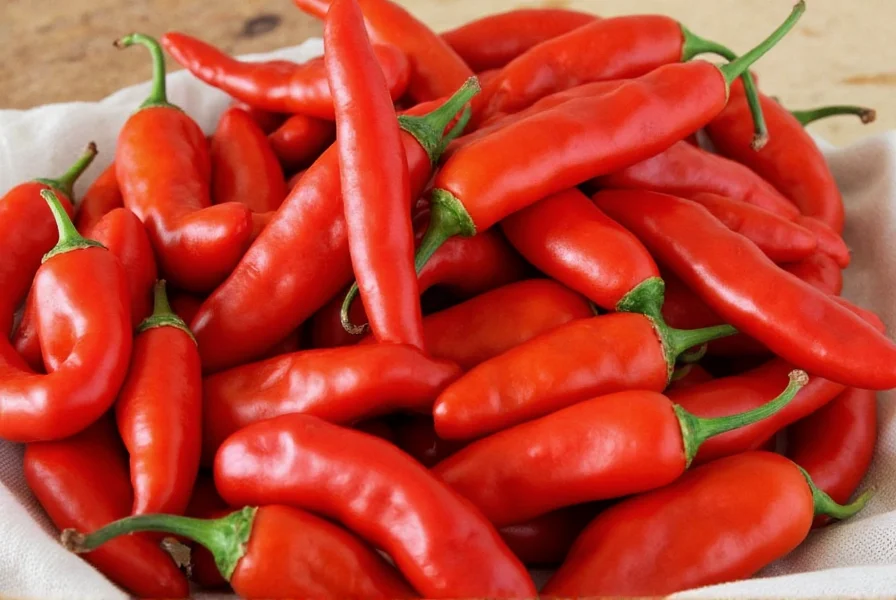
Using Guajillo Peppers in Cooking
Guajillo peppers' unique flavor profile—smoky, slightly sweet, and tangy—makes them versatile for various dishes. Their moderate heat allows them to enhance flavors without dominating other ingredients.
Top Tips for Cooking with Guajillo Peppers
- Soak them first: Rehydrate dried guajillos in warm water for 20–30 minutes to soften texture and improve blending.
- Toast for depth: Lightly toast peppers in a dry skillet before soaking to enhance smoky aroma.
- Traditional applications: Essential in authentic Mexican salsas, moles, and stews where they provide both heat and complex flavor.
- Guajillo chili: Combine with beans, tomatoes, and spices for a hearty, flavorful dish.
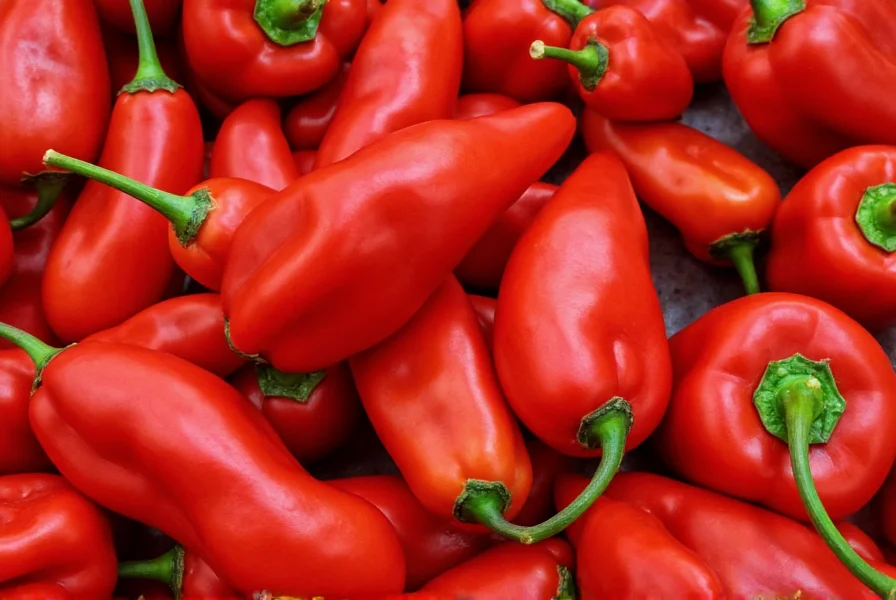
Simple Guajillo Salsa Recipe
- Soak 4–6 dried guajillo peppers in warm water for 30 minutes.
- Drain and remove stems and seeds.
- Puree peppers with 1/2 cup tomato, 1 clove garlic, 1 tsp salt, and a splash of lime juice.
- Adjust seasoning to taste and serve with tortilla chips or tacos.
Buying Guide: Choosing the Best Guajillo Peppers
Types of Guajillo Peppers
- Dried Guajillos: Most common form. Select plump, dark red peppers with no mold or discoloration.
- Fresh Guajillos: Less common; found in specialty markets. Choose firm, bright red peppers without soft spots.
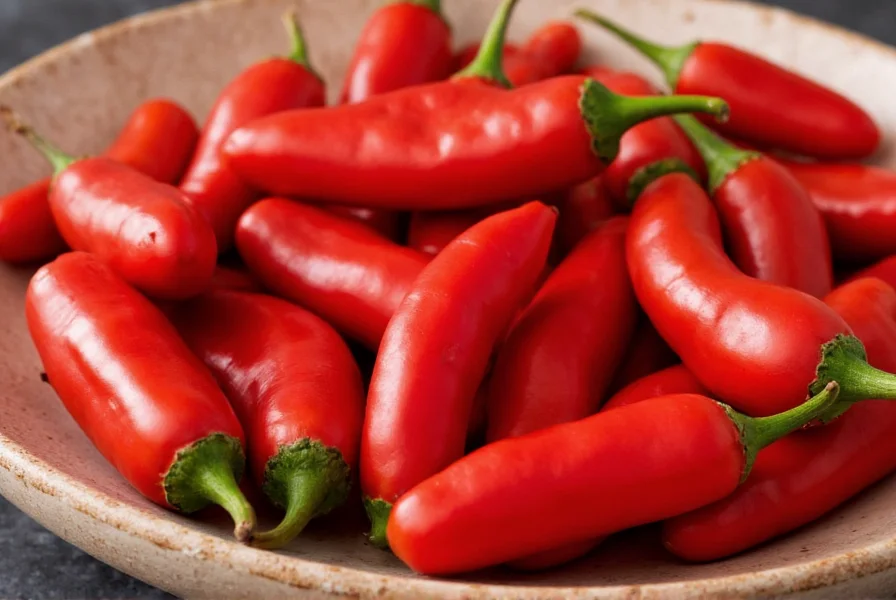
Top Brands and Products
- La Voz de México Guajillo Peppers: Premium quality for authentic Mexican dishes.
- El Yucateco Guajillo Paste: Convenient pre-prepared option for salsas and sauces.
- Amazon Essentials Dried Guajillo Peppers: Reliable and affordable for home cooking.
Frequently Asked Questions
Are guajillo peppers hot?
Yes, guajillo peppers are considered mildly to moderately hot, measuring between 2,500 to 5,000 Scoville Heat Units (SHU). They provide a noticeable warmth without being overwhelming, making them approachable for most people who enjoy some spice in their food.
How hot are guajillo peppers compared to jalapeños?
Guajillo peppers and jalapeños have overlapping heat ranges. Guajillos measure 2,500-5,000 SHU while jalapeños range from 2,500-8,000 SHU. Typically, guajillos fall at the lower to middle part of this range, making them slightly milder on average than jalapeños. The heat of guajillos is more subtle and integrated with their complex flavor profile.
What do guajillo peppers taste like besides being hot?
Guajillo peppers offer a complex flavor profile that includes berry-like fruitiness, subtle tea notes, and a distinctive tangy quality. They have a mild smokiness and earthiness that makes them versatile in cooking. The heat is present but balanced by these other flavors, which is why they're so popular in Mexican cuisine.
Can I eat guajillo peppers raw?
While technically possible, dried guajillo peppers are almost always rehydrated before use because their dried form is too tough to eat comfortably raw. Fresh guajillo peppers (less common) can be eaten raw, but they're typically cooked to bring out their best flavors. Never eat ghost peppers or other extremely hot varieties raw without proper precautions.
What are good substitutes for guajillo peppers?
The best substitutes for guajillo peppers are ancho peppers (milder, fruitier) or pasilla peppers (similar heat with different flavor notes). For recipes where heat is more important than exact flavor, New Mexico chilies or even mild paprika can work. For the closest match in traditional Mexican cooking, a combination of ancho and cascabel peppers often works well.
How should I handle guajillo peppers to avoid skin irritation?
While guajillos are mild compared to super-hots, it's still wise to wear gloves when handling large quantities or if you have sensitive skin. Always wash your hands thoroughly after handling any chili peppers, and avoid touching your face or eyes. If you do get pepper residue on your skin, wash with soap and cool water (not hot, which can spread the oils).
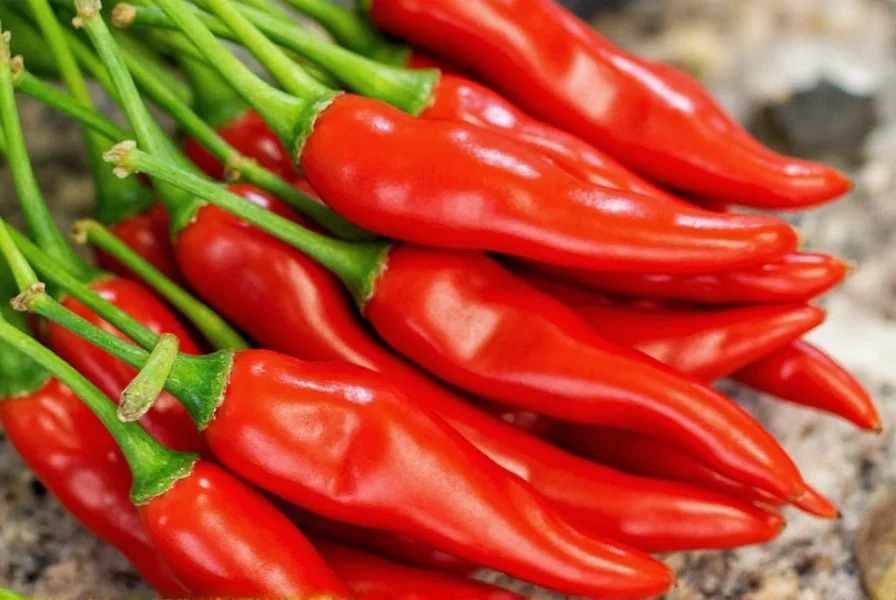
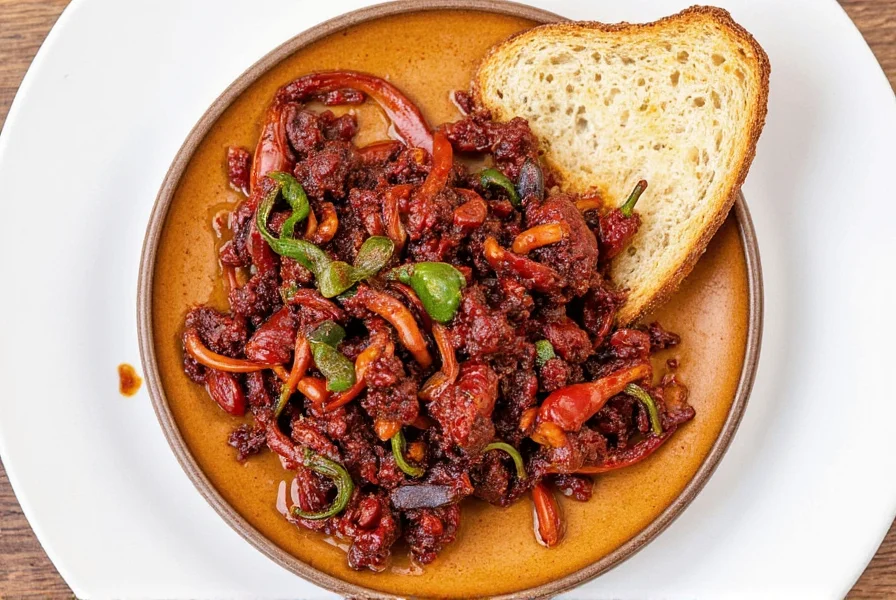

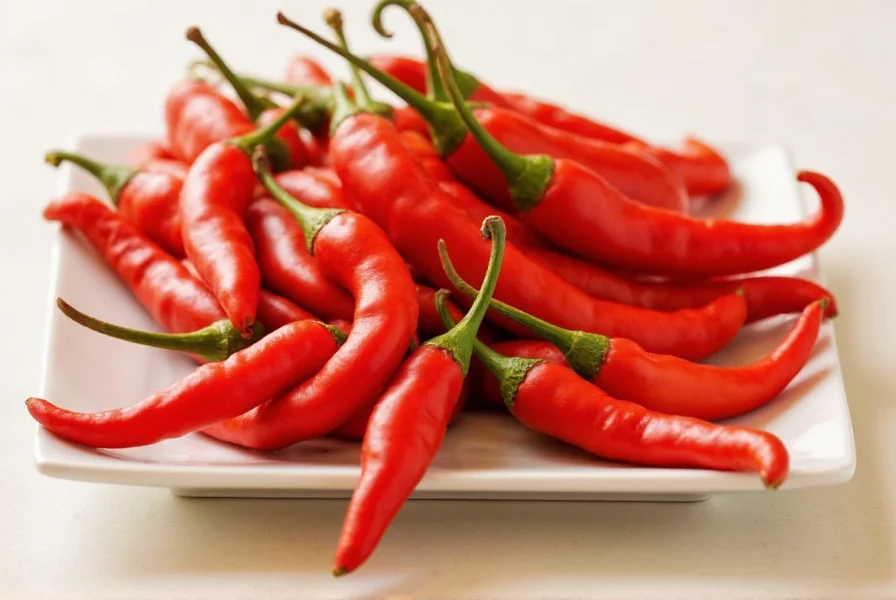









 浙公网安备
33010002000092号
浙公网安备
33010002000092号 浙B2-20120091-4
浙B2-20120091-4